
Roots
The gentle caress of a comb through strands, the careful shaping of coils, the rhythmic motion of braiding—these are not simply acts of grooming. They are echoes of ancient practices, whispers of collective memory, and powerful expressions of selfhood that resonate through time. Hair, in its myriad textures and forms, holds a foundational place in human culture, acting as a visible marker of identity, status, and belief.
It is a living canvas, reflecting societal values and personal narratives across continents and epochs. To truly understand its cultural significance, one must begin at the very beginnings, observing how hair has been woven into the fabric of human existence from the earliest days.
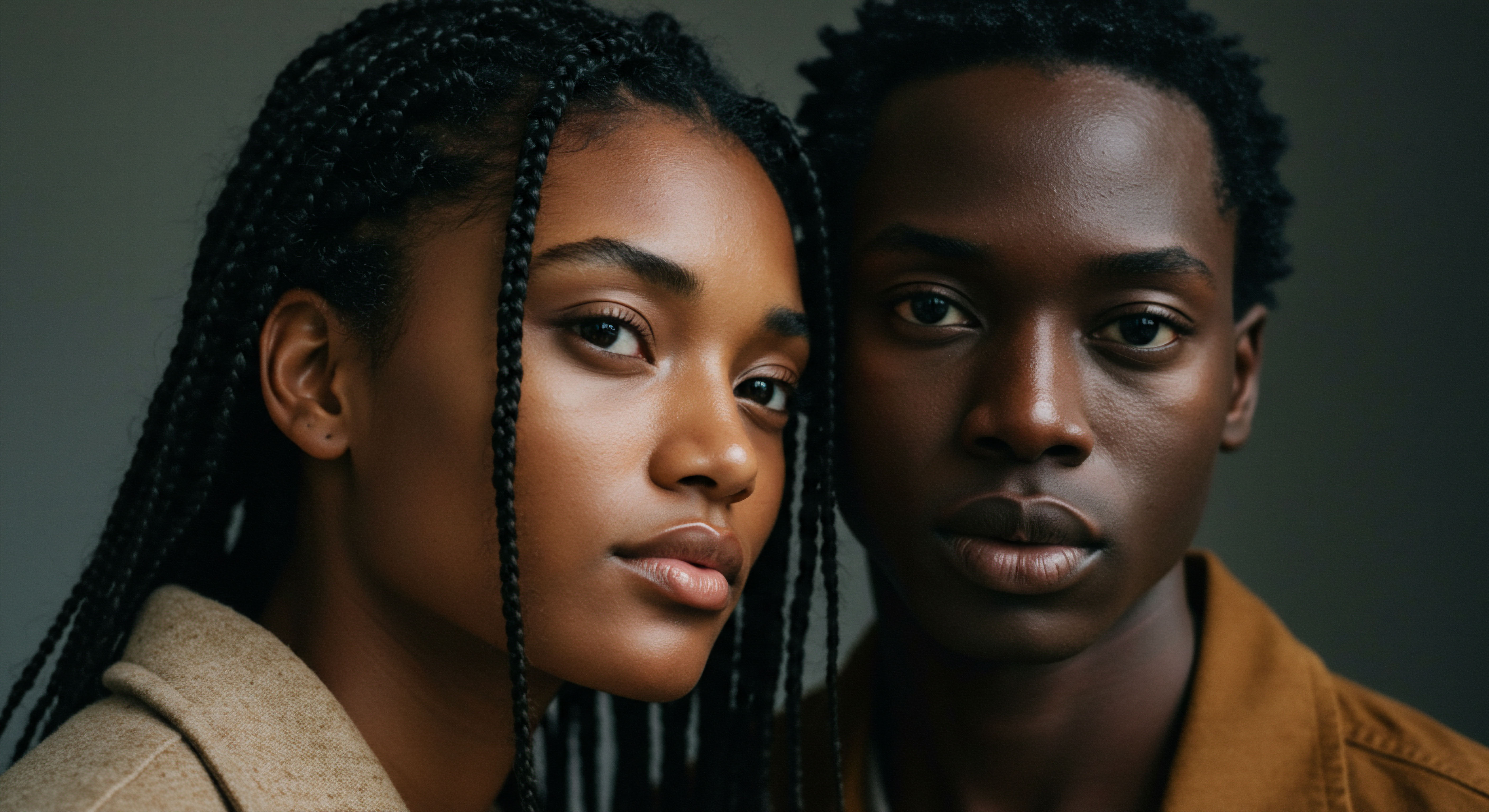
Ancestral Connections and Identity Markers
Across diverse ancient societies, hair served as a potent symbol, communicating a wealth of information without a single spoken word. Before the advent of written records, and certainly long before modern forms of identification, a person’s hairstyle could instantly convey their tribe, social standing, marital status, age, or even their spiritual alignment. In many African cultures, specific braiding patterns or hair adornments signaled belonging to a particular lineage or community. The very act of styling often occurred within communal settings, solidifying social bonds and passing down ancestral knowledge through generations.
For instance, Ghana braids, documented in hieroglyphics and sculptures from 500 B.C. held profound cultural, social, and religious weight within their originating societies. Similarly, cornrows, tracing back to 3000 B.C. Africa, often indicated tribal affiliation and social standing.
Hair serves as a primal, non-verbal language, communicating identity and belonging across ancient cultures.
Consider the Himba Tribe in Namibia, where hair styles clearly delineate a person’s age or marital status. A young woman might wear her dreads tied back, revealing her face, signaling her readiness for marriage. This is a testament to how deeply personal grooming choices were, and remain, tied to broader societal structures. The care taken with hair was not merely for aesthetics; it was a reflection of one’s place within the collective, a visual declaration of one’s story.

Hair as a Spiritual Conduit
Beyond social identifiers, hair frequently held profound spiritual meaning. Many ancient traditions viewed hair as an extension of the self, a direct conduit to spiritual realms or a repository of one’s vital energy. The length, condition, or manipulation of hair could signify a person’s connection to deities, their spiritual purity, or their engagement in ascetic practices.
In some cultures, hair was considered the seat of the soul, with its power persisting even after being cut. This belief meant that hair, once severed from the body, could become a powerful item, sometimes used in rituals or as a protective charm.
- Uncut Hair in many minority communities symbolizes religious requirements or spirituality, as seen with Rastafarians and some African cultures, representing identity and a connection to roots.
- Shaved Heads in certain religious traditions, like Hinduism, Buddhism, and Jainism, symbolize a deliberate renunciation of worldly attachments and a commitment to spiritual pursuits.
- Matted Hair, particularly among forest hermits or political exiles in ancient Indian culture, could express societal withdrawal and a rejection of conventional norms.
The careful tending of hair, or conversely, its deliberate neglect, could therefore be an act of devotion or a spiritual statement. The practice of offering hair, seen in various religious contexts, speaks to this deep spiritual reverence, a giving of a part of oneself to a higher power.

Anatomy of Textured Hair and Its Cultural Resonance
The unique biological characteristics of textured hair types have also played a role in shaping cultural practices. Afro-textured hair, for example, with its distinctive coiling and often lower follicular density, presented different challenges and opportunities for styling than straighter hair types. The spiraled structure and wider follicular pattern of highly coiled hair types may have even offered an evolutionary advantage, providing protection from the sun’s rays and allowing air circulation to the scalp.
These inherent qualities led to the development of specialized styling techniques and tools, passed down through generations, which became integral to cultural identity. The natural propensity of textured hair to coil and lock, for instance, lends itself to styles like locs, which have a long history across various cultures, including their appearance in ancient Egyptian carvings and the Himba Tribe. The resilience and versatility of textured hair, allowing for intricate braiding and shaping, transformed daily care into an art form, fostering community and cultural continuity.
The cultural significance of hair is not a static concept; it has evolved and adapted, yet its roots remain firmly planted in these foundational understandings of identity, spirituality, and the very nature of human hair.

Ritual
To consider the daily gestures we make with our hair as mere routine would be to miss a profound undercurrent. These acts, from the gentle untangling of coils to the patient shaping of a style, are often quiet rituals, imbued with purpose and a quiet strength. They are practices that connect us not only to our physical selves but also to a lineage of care and cultural meaning. This section invites a deeper look into the applied aspects of hair traditions, revealing how techniques and tools become vehicles for identity, well-being, and shared heritage.
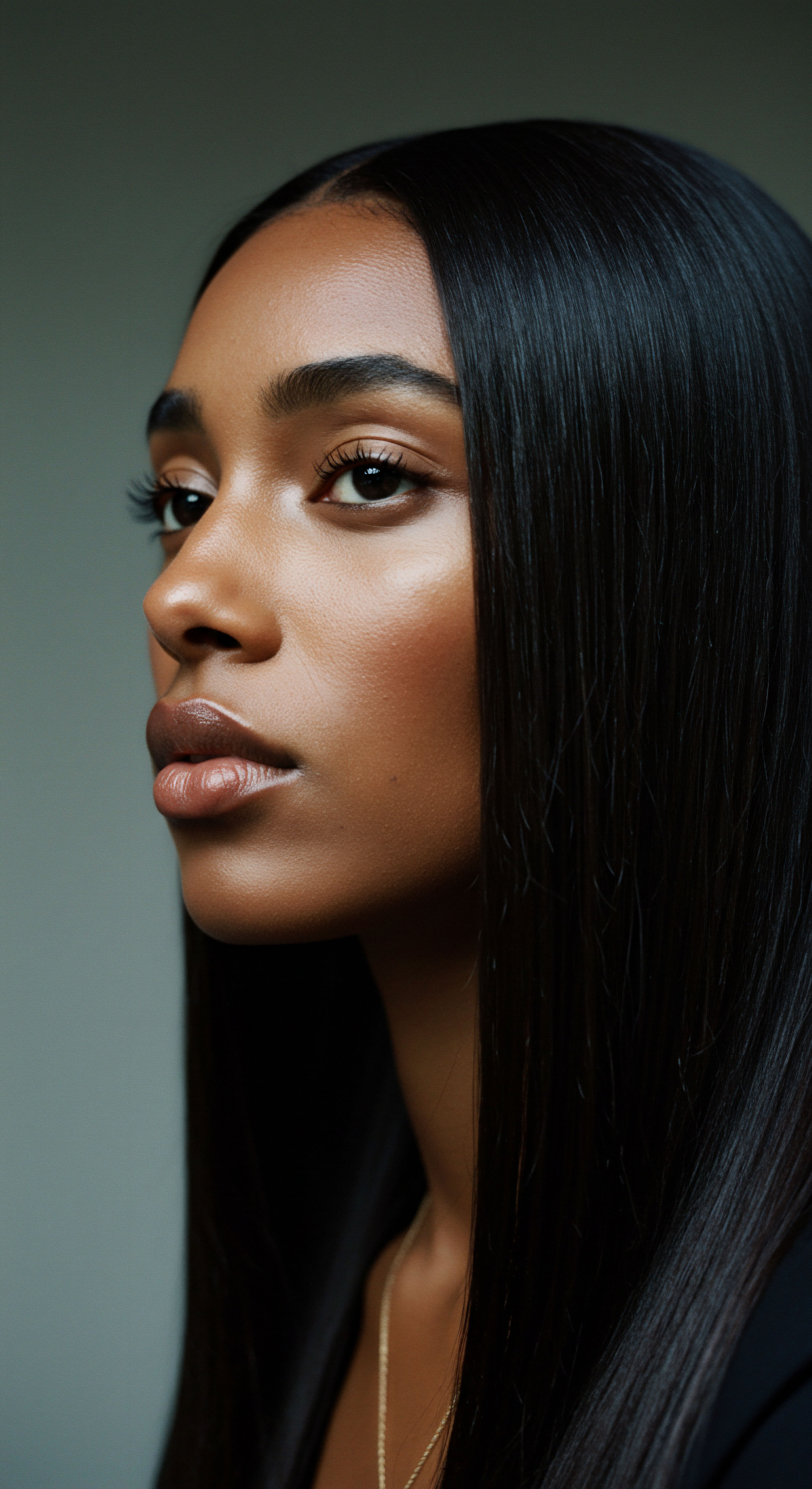
The Art of Textured Hair Styling as Cultural Practice
The styling of textured hair transcends simple aesthetics; it is a sophisticated art form steeped in cultural meaning and historical context. Techniques like braiding, twisting, and locing are not arbitrary choices; they are expressions of identity, resilience, and connection to ancestral roots. In African heritage, cornrows, for example, reflect identity and lineage, serving as both artistic expression and practical hair management. They also carried cultural resilience, used as tools of resistance during the transatlantic slave trade.
The sheer dedication required for many traditional textured hair styles, often taking hours to create, speaks to their value. Box braids, originating in South Africa around 3500 B.C. could take up to eight hours to create, a time investment that signaled wealth and social standing. This investment of time and skill underscores the significance attributed to these styles, moving them beyond mere fashion to acts of cultural preservation and self-declaration.
Hair styling, particularly within textured hair traditions, transforms daily care into a purposeful ritual, a connection to lineage and self.

Generational Transmission of Hair Knowledge
The knowledge surrounding textured hair care and styling has historically been passed down through generations, often from elder women to younger ones. This intergenerational transfer is a powerful act of cultural continuity, ensuring that traditional techniques and their associated meanings are preserved. Hair sessions often serve as intimate spaces for storytelling, shared wisdom, and bonding, reinforcing familial and community ties. This oral and practical transmission of knowledge, often outside formal institutions, highlights the organic and deeply personal nature of these traditions.
Black hairstylists, for instance, have cultivated communities to create and share the expertise necessary for efficient hair styling. This knowledge includes not only technical skills but also business acumen, reflecting a holistic approach to hair care that is both personal and communal.
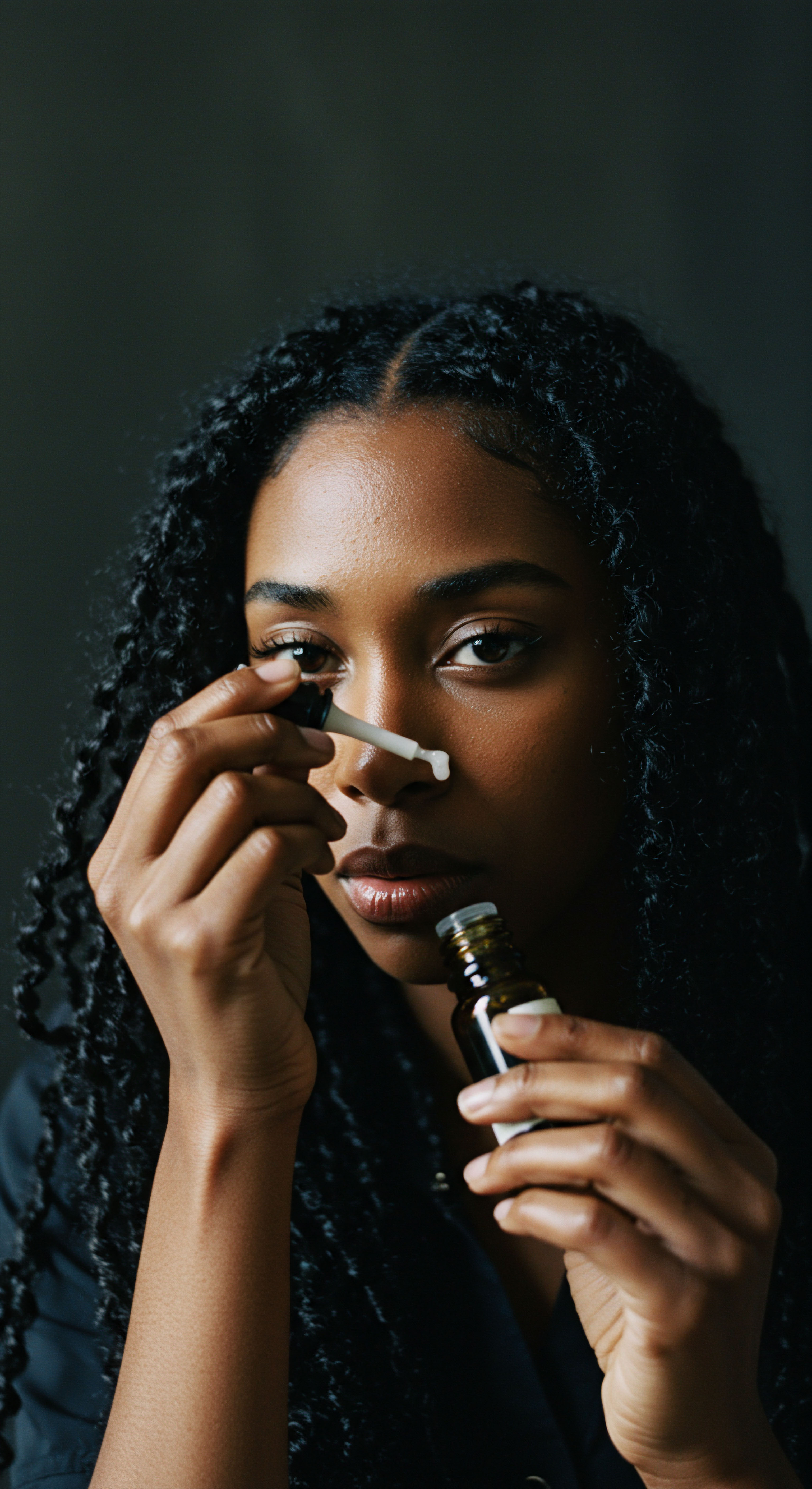
Tools and Their Historical Significance
The tools used in hair care also carry cultural weight. From ancient combs crafted from bone or wood to modern implements, each tool has a story, often linked to specific rituals or social practices. Combs, frequently found in ancient graves, were considered personal belongings with a particular affinity due to their close connection to the powerful and significant body part that is hair. The very act of using these tools, sometimes adorned or specially crafted, becomes a part of the ritual itself.
| Tool or Adornment Combs |
| Cultural Context Viking Age Scandinavia |
| Associated Significance Personal belonging, connection to vital energy, often buried with individuals. |
| Tool or Adornment Cowrie Shells |
| Cultural Context Various African Cultures |
| Associated Significance Wealth, fertility, spirituality, used in braids. |
| Tool or Adornment Beads and Jewels |
| Cultural Context Ancient African Hairstyles |
| Associated Significance Social status, marital readiness, economic standing. |
| Tool or Adornment Head Wraps/Scarves |
| Cultural Context African Diaspora, various cultures |
| Associated Significance Protection, modesty, cultural pride, aesthetic expression. |
In many cultures, hair adornments like shells, beads, or glass were not merely decorative. They were integral to the message conveyed by the hairstyle, signifying a person’s status, wealth, or readiness for marriage. The deliberate choice and placement of these items elevate the styling process to a meaningful ritual, where every element contributes to a deeper cultural expression.

The Interplay of Science and Care
Understanding the science of textured hair allows for a deeper appreciation of traditional care practices. The unique morphology of afro-textured hair, with its characteristic curl patterns and susceptibility to dryness due to the angled follicles making it harder for natural oils to travel the length of the hair shaft, necessitates specific care. Traditional methods often developed organically to address these needs, emphasizing moisture retention, protective styling, and gentle handling.
For instance, the widespread practice of protective styling in textured hair communities is not just about aesthetics; it serves a vital scientific purpose. These styles, such as braids, twists, and locs, shield the hair from environmental stressors and reduce manipulation, thereby minimizing breakage and promoting length retention. This deep, intuitive understanding of hair’s needs, passed down through generations, stands as a testament to the wisdom embedded within hair traditions.
The ritual of hair care, then, is a harmonious blend of cultural heritage, practical knowledge, and an inherent understanding of the hair’s biological structure. It is a daily reaffirmation of identity and a connection to a legacy of self-care and community.
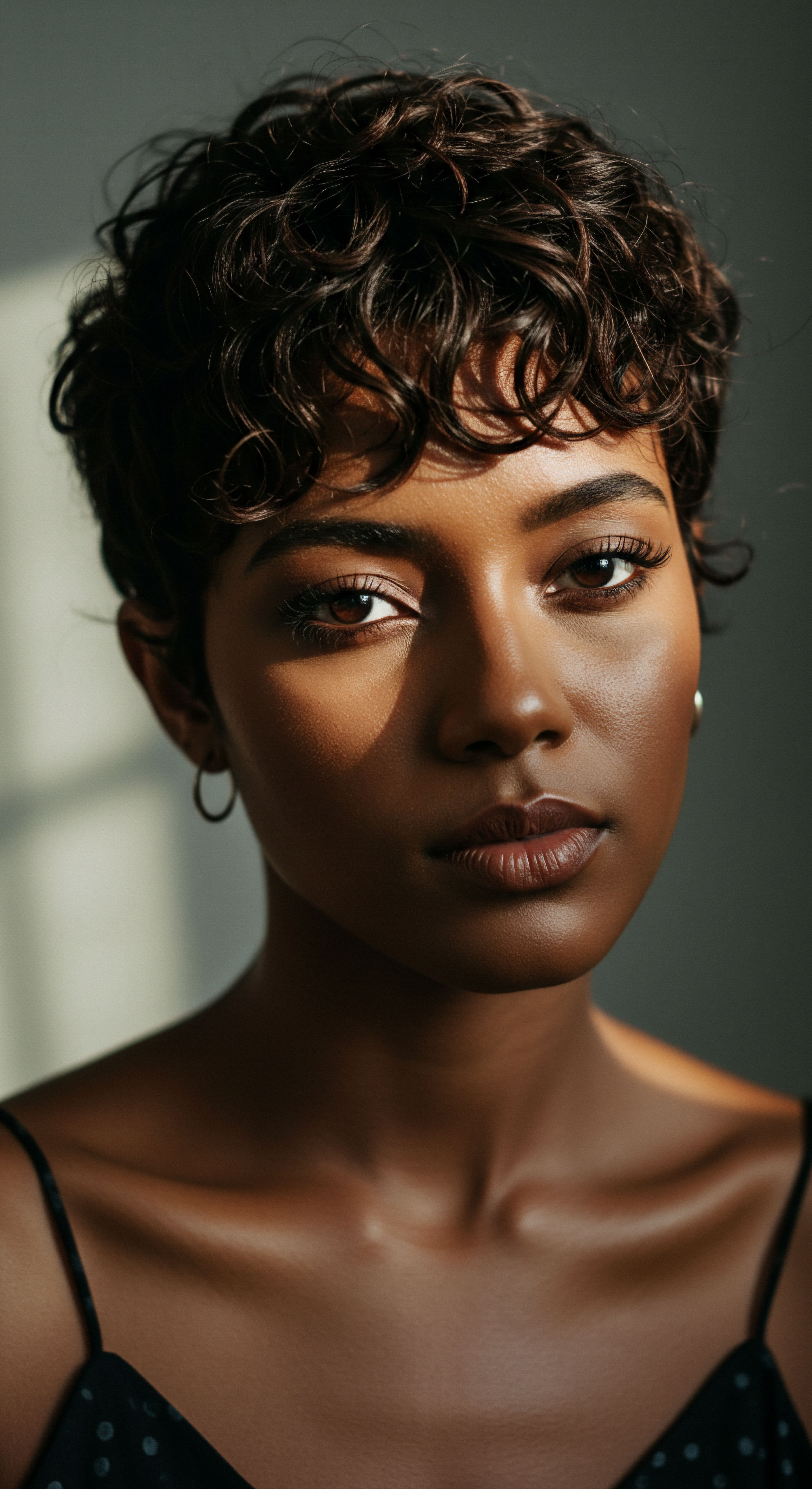
Relay
To truly grasp the cultural significance of hair traditions, we must move beyond the visible and into the intricate currents that shape collective identity, societal power dynamics, and individual well-being. Hair, in this deeper exploration, becomes a powerful conduit for both resistance and celebration, a living archive of historical struggles and triumphs. This section peels back the layers, revealing the profound interplay of biology, psychology, and social forces that position hair as a potent symbol within a globalized world.
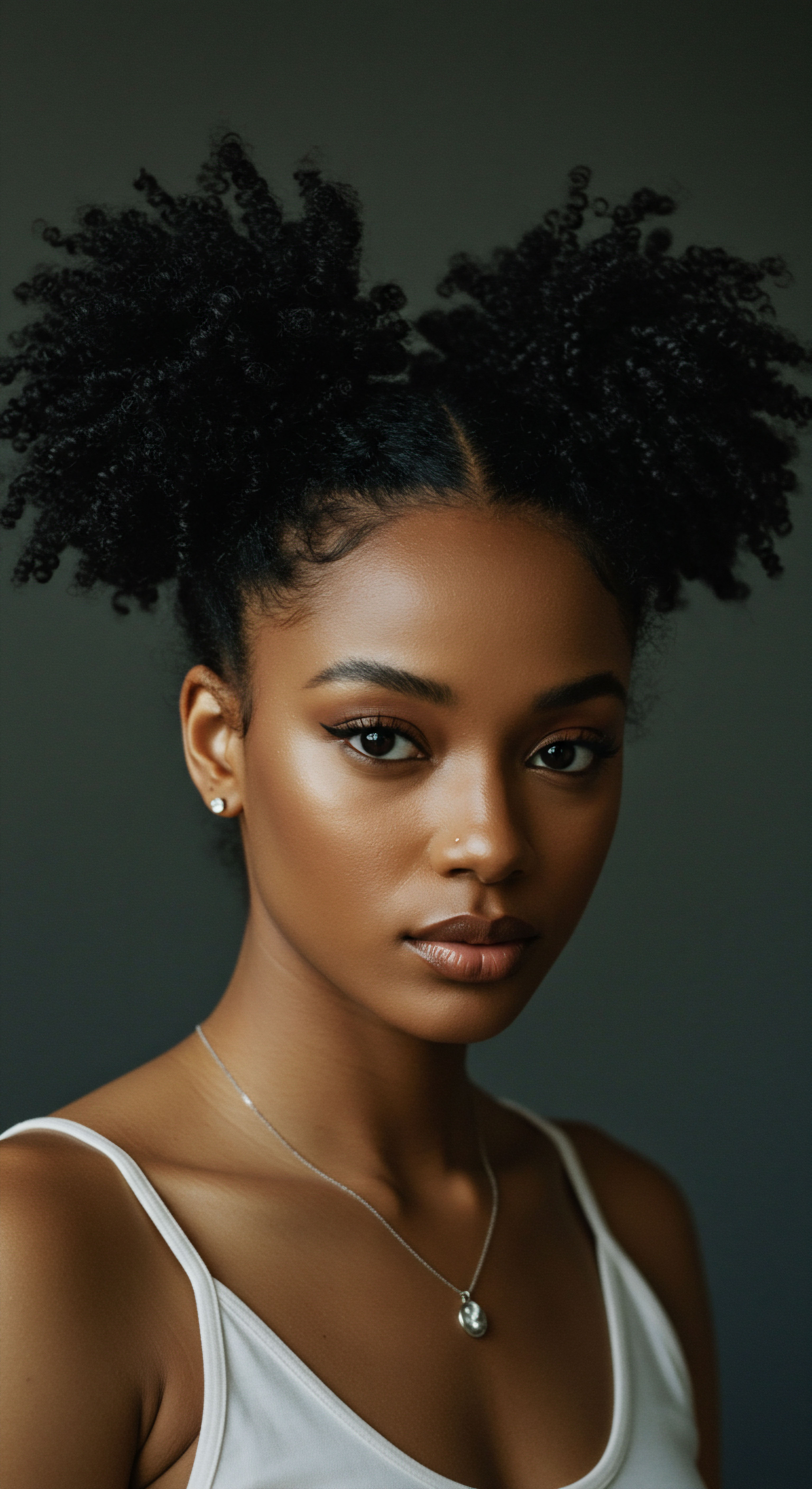
Hair as a Statement of Resistance and Identity
Throughout history, hair has served as a visible and often defiant statement against oppressive norms. The forced shaving of heads during the transatlantic slave trade, for example, was a deliberate act of dehumanization, stripping individuals of their cultural identity and severing their connection to their heritage. Yet, even in the face of such brutality, enslaved Africans found ways to reclaim their individuality through hair, sometimes carving intricate designs into their scalps with rudimentary tools, using their hair as a canvas for expression and communication.
This legacy of resistance continues today. The adoption of natural hair styles, such as afros, dreadlocks, and braids, particularly within Black communities, stands as a powerful declaration of self-love and a rejection of Eurocentric beauty standards. These styles are not merely aesthetic preferences; they embody a deep cultural resilience, challenging long-held biases that often deem textured hair as “unprofessional” or “unsuitable” in formal settings.
Hair, a personal crown, becomes a powerful tool for societal challenge and the reclamation of cultural identity.

How Do Hair Biases Impact Economic Advancement?
The societal bias against natural hair textures carries tangible economic and psychological consequences, particularly for Black women. Research consistently demonstrates that individuals with natural hairstyles can face discrimination in employment opportunities, impacting their ability to secure and retain jobs, as well as their professional advancement. A 2020 study by Ashleigh Shelby Rosette and Christy Zhou Koval, published in Social Psychological and Personality Science, found that Black women with natural hairstyles, such as curly afros, braids, or twists, were perceived as less professional and less likely to receive interview recommendations compared to Black women with straightened hair or White women with straight or curly hair. This bias was particularly pronounced in industries with conservative appearance norms, such as consulting.
This phenomenon is not merely anecdotal. The 2023 CROWN Workplace Research Study revealed that Black women’s hair is 2.5 times more likely to be perceived as unprofessional. Furthermore, approximately two-thirds (66%) of Black women change their hair for a job interview, with 41% specifically altering their hair from curly to straight. This indicates a pervasive pressure to conform to Eurocentric standards, despite the personal and financial costs involved.
The economic implications are significant ❉ Black consumers spent $2.3 billion on hair care in 2022, making it their largest beauty and skin purchase category. Mandating hair straightening can incur substantial costs, ranging from $38 to $435 per session for permanent straightening, in addition to potential negative health implications linked to certain straightening products.
This systemic bias underscores how hair traditions, far from being superficial, are deeply intertwined with economic equity and mental well-being. The legal response, such as the CROWN Act, which prohibits discrimination based on hair texture and protective styles, acknowledges this deep-seated issue, aiming to protect individuals from unfair treatment rooted in racial bias.

The Psychology of Hair and Self-Perception
The relationship between hair and psychological well-being is profound. Hair is often inextricably linked to self-image, confidence, and identity. Negative societal perceptions or experiences of hair discrimination can lead to significant emotional distress, including feelings of inauthenticity, internal conflict, embarrassment, and anxiety.
For individuals with textured hair, the pressure to alter their natural hair to conform to dominant beauty standards can affect self-esteem and lead to identity negotiation. A study published in Scholars Journal of Applied Medical Sciences in 2023 highlighted that women were more affected by hair pathologies like traction alopecia, a condition caused by repeated tension on hair follicles, often due to tight braids or hairstyles. This physical manifestation of hair practices connects directly to the social pressures and styling choices women make. This demonstrates a tangible link between cultural practices, societal expectations, and physical health outcomes, underscoring the deep impact of hair on one’s holistic well-being.
The Association of Black Psychologists has even described hair discrimination as an “esthetic trauma,” drawing parallels to other known traumas with well-documented negative health effects. This perspective elevates the discussion of hair beyond mere appearance, positioning it as a critical component of mental and emotional health within communities that have historically faced hair-based discrimination.

Global Dynamics and Cultural Adaptation
Hair traditions are not static; they adapt, evolve, and sometimes collide within a global context. The spread of certain hairstyles across cultures, often through media and cultural exchange, raises important questions about cultural appreciation versus cultural appropriation. When styles deeply rooted in specific cultural histories are adopted without respect for their origins or the struggles associated with them, their original meaning can be diluted or erased.
Consider the computer graphics industry, where highly coiled hair, common to Black characters, has historically been notoriously difficult to animate digitally. This challenge stems from a lack of algorithms, as decades of technical papers have primarily focused on straight or wavy hair. A new paper, presented at the SIGGRAPH Asia conference, is the first to examine the geometric properties of highly coiled hair and propose methods for replicating its unique visual characteristics, identifying a phenomenon called “phase locking” where follicles near the scalp self-organize into helical curls as they grow. This technological gap itself reflects a broader societal oversight and a historical prioritization of certain hair types over others, even in the realm of digital representation.
This example underscores how cultural significance extends into unexpected areas, revealing biases and areas for growth even in cutting-edge fields. The continued global conversation around hair traditions, therefore, serves as a relay, passing along knowledge, challenging perceptions, and ultimately, affirming the profound and interconnected nature of hair and human culture.

Reflection
The journey through hair traditions, from ancient roots to contemporary expressions, unveils a tapestry woven with threads of identity, spirit, and resilience. It becomes clear that hair is far more than a biological appendage; it is a profound marker of human experience, carrying stories of lineage, social standing, personal conviction, and collective struggle. The delicate interplay between individual choice and societal expectation, between scientific understanding and ancestral wisdom, paints a vibrant portrait of humanity’s relationship with its crowning glory.
As we continue to navigate a world that sometimes seeks to diminish the power of natural forms, the enduring significance of hair traditions stands as a gentle yet firm reminder of who we are, where we come from, and the enduring beauty that lies in embracing our authentic selves. Each strand, each curl, each carefully chosen style holds a quiet power, a testament to the living heritage that adorns our heads and grounds our spirits.
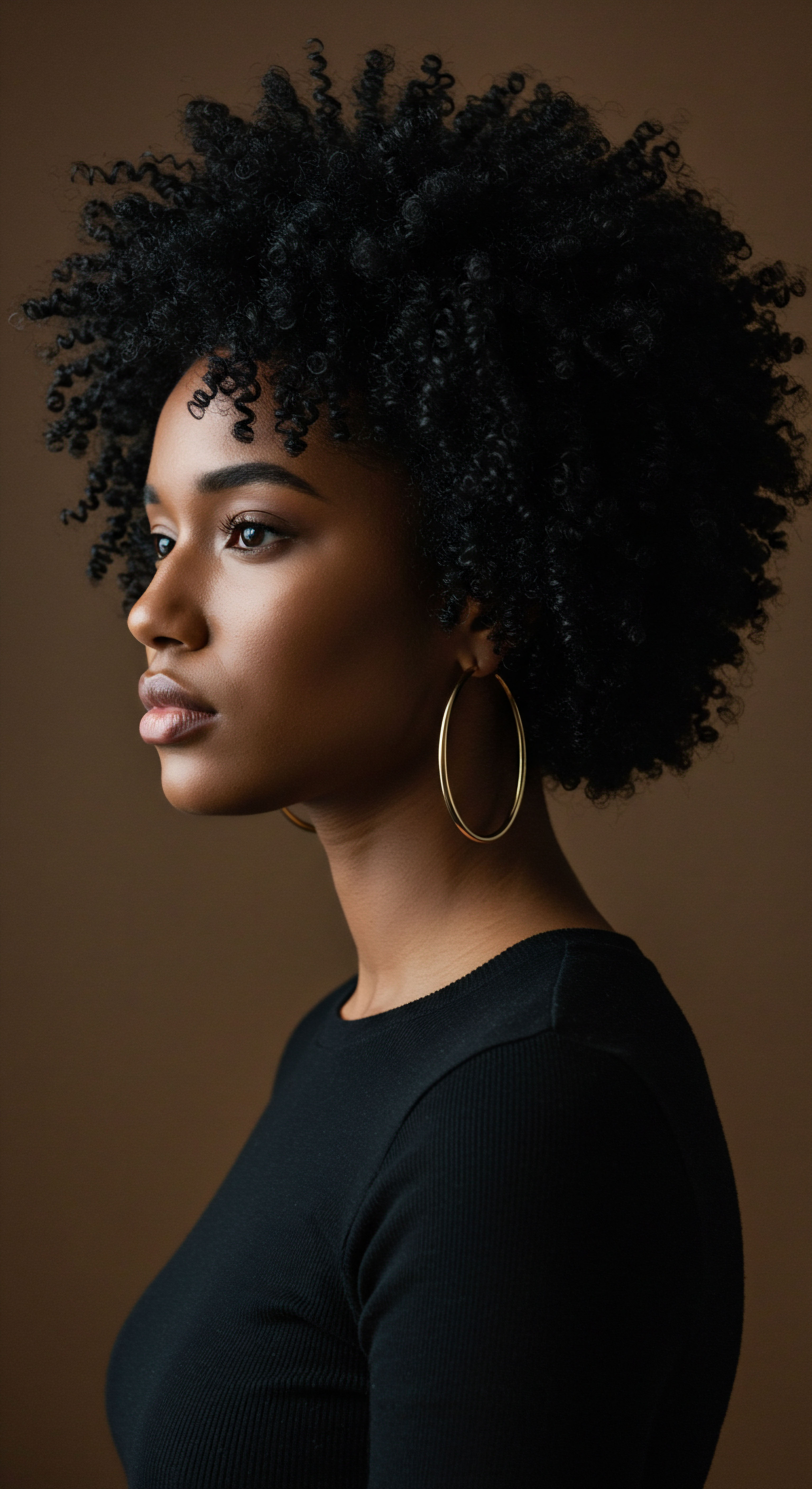
References
- 1. Sherrow, Victoria. Encyclopedia of Hair ❉ A Cultural History. Greenwood, 2023.
- 2. Synnott, Anthony. “Shame and Glory ❉ A Sociology of Hair.” British Journal of Sociology 38, no. 3 (1987) ❉ 381-403.
- 3. Stenn, Kurt. Hair ❉ A Human History. Pegasus Books, 2017.
- 4. Byrd, Ayana D. and Lori L. Tharps. Hair Story ❉ Untangling the Roots of Black Hair in America. St. Martin’s Press, 2001.
- 5. Kuumba, M. Bahati, and Femi Ajanaku. “Dreadlocks ❉ The Hair Aesthetics of Cultural Resistance and Collective Identity Formation.” Mobilization ❉ An International Quarterly 3, no. 2 (1998) ❉ 227-243.
- 6. Nitta, Fumiteru. Anthropology of Hair. UH Alumni, 2023.
- 7. Rosette, Ashleigh Shelby, and Christy Zhou Koval. “Black Women Are Perceived as Less Professional with Natural Hairstyles.” Social Psychological and Personality Science 11, no. 8 (2020) ❉ 1177-1185.
- 8. Nchinech, Naoual, et al. “Plants Use in the Care and Management of Afro-Textured Hair ❉ A Survey of 100 Participants.” Scholars Journal of Applied Medical Sciences 11, no. 11 (2023) ❉ 1984-1988.
- 9. Kim, Theodore, and A.M. Darke. “Phase Locking ❉ Simulating Highly Coiled Hair.” Presented at SIGGRAPH Asia, 2024.
- 10. Arwill-Nordbladh, Elisabeth. “Viking Age Hair.” Internet Archaeology 42 (2016).